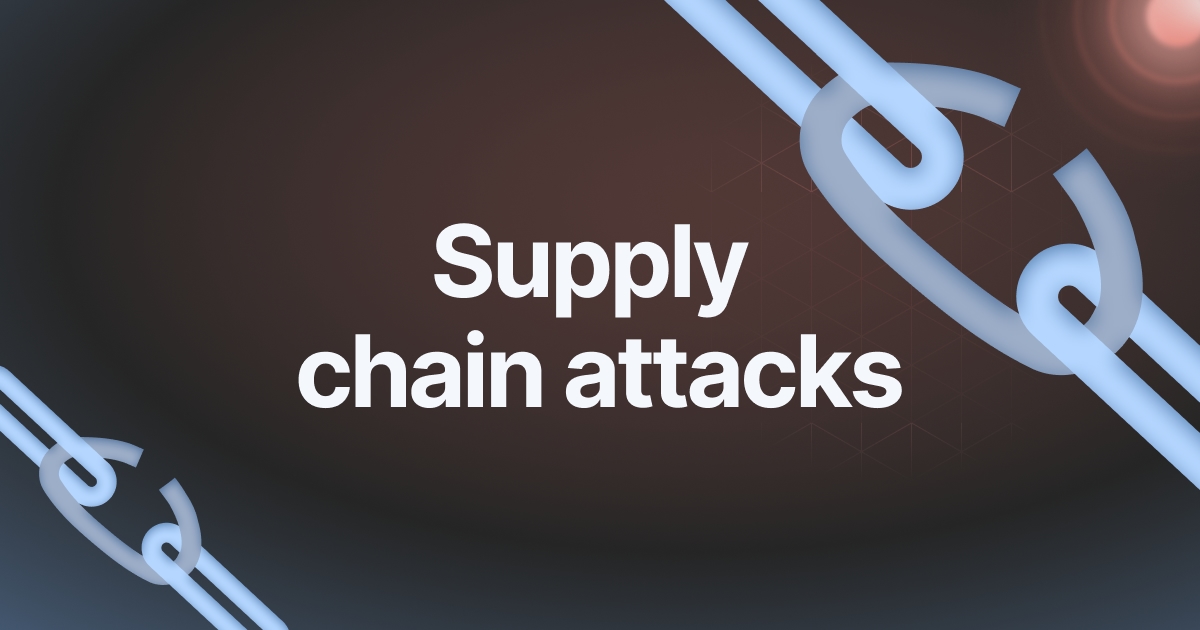In the age of digital connectivity of today, the concept of an “perimeter” that protects your information is quickly becoming obsolete. A new type of cyberattack, dubbed the Supply Chain Attack, has emerged, exploiting the complex web of services and software which businesses rely upon. This article examines the supply chain attack, the threat landscape and the vulnerabilities of your company. It also discusses the steps you can take to improve your security.

The Domino Effect – How a tiny flaw can cripple your company
Imagine your company does not use a certain open-source library known to have a security vulnerability. The provider that provides data analytics which you depend heavily has. The flaw that appears small is your Achilles’ heel. Hackers exploit this vulnerability present in open-source software in order to gain access to systems of the service provider. Hackers have the chance to gain access to your system through a third-party invisible connection.
The domino effect is a perfect illustration of the deviousness of supply chain attack. They attack the interconnected ecosystems that businesses depend on, gaining access to security-conscious systems via weaknesses in software used by partners, open source libraries, or even cloud-based services (SaaS). Talk to an expert for Supply Chain Attack Cybersecurity
Why Are We Vulnerable? Why are we vulnerable?
Supply chain attacks are the result of the same factors that fueled the modern digital economy – the increasing adoption of SaaS and the interconnection between software ecosystems. The immense complexity of these systems make it hard to keep track of each piece of code that an organization uses and even in indirect ways.
Traditional security measures are inadequate.
The traditional cybersecurity measures that focused on strengthening your own systems are no longer sufficient. Hackers can evade the perimeter security, firewalls, as well as other measures to breach your network through trusted third party vendors.
Open-Source Surprise It is not the case that all software that is free was developed equally
Another risk is the immense popularity of open source software. Open-source libraries have many benefits but their wide use and possible reliance on volunteers could pose security risks. An unresolved security flaw in a library that is widely used can cause system vulnerabilities for a variety of organizations.
The Invisible Attacker: How to Identify the signs of an attack on your Supply Chain
The nature of supply chain attacks makes them difficult to detect. Certain warnings could be a cause for concern. Unusual login attempts, strange activity with your data or unanticipated updates from third party vendors can signal that your ecosystem has been affected. A major security breach at a library or service provider that is frequently used should prompt you to act immediately.
A fortress built in a fishbowl: Strategies to limit the risk of supply chain risks
What can you do to strengthen your defenses? Here are a few crucial steps to think about:
Perform a thorough assessment of your vendor’s cybersecurity methods.
Cartography of Your Ecosystem Make an inventory of every library, software and other services your company uses, in a direct or indirect way.
Continuous Monitoring: Monitor your systems for suspicious activity and keep track of security updates from all third-party vendors.
Open Source with care: Take your time when installing libraries that are open source, and give priority to those with good reputations as well as active communities.
Building Trust through Transparency Your vendors should be encouraged to implement robust security procedures and promote open communication regarding possible vulnerabilities.
Cybersecurity in the Future Beyond Perimeter Defense
Supply chain attacks are on the rise and this has prompted businesses to reconsider their approach to cybersecurity. It’s no longer enough to just focus on securing your own perimeter. Companies must take on an overall strategy focussing on collaboration with suppliers, transparency within the software’s ecosystem and proactive risk management across their entire supply chain. Recognizing the imminent threat of supply chain threats and proactively strengthening your defenses to ensure your business remains safe in a constantly changing and interconnected digital environment.





